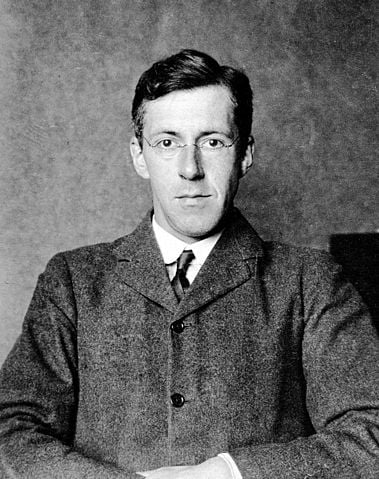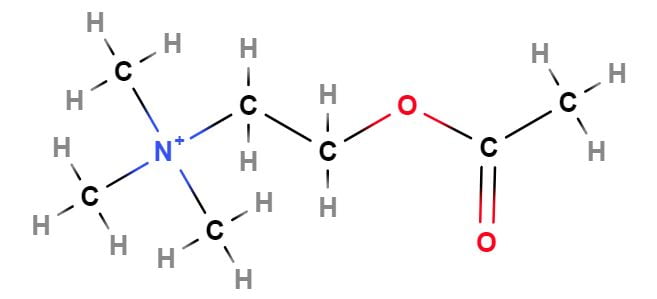Acetylcholine was first synthesized in 1967, but its biochemical significance was not known at that time. It was the first neurotransmitter identified and thus holds a central place in the history of neuropharmacology. [1]
Acetylcholine effect
In 1914, Henry Dale noticed that the effect of applying ACh was similar to stimulating parasympathetic nerves – he observed the slowing of heart activity. Parasympathetic nerves are part of the nervous system that regulates bodily functions when a person is at rest – such as relaxation, digestion, and activating metabolism. For instance, our resting heart rate is lowest when we are deep asleep.

Acetylcholine chemical structure
One of its noteworthy features is the positively charged nitrogen atom with four attached methyl groups. This nitrogen is termed quaternary nitrogen and ACh is thus classified as a quaternary amine. Many other neurotransmitters are also amines but not of this type.

The cholinergic synapse illustrates the processes of acetylcholine (ACh) synthesis and metabolism, presynaptic choline uptake, ad vesicular ACh uptake, and release. Pre- and postsynaptic ACh receptors and sites of action of some cholinergic drugs are also shown. The table lists important cholinergic receptor agonists and antagonists.
| Receptor subtype | Agonists | Antagonists |
|---|---|---|
| Nicotinic | Nicotine, methylcarbachol, DMPP | D-Tubocurarine, gallamine, mecamylamine, hexamethonium, |
| Muscarinic | Muscaline, pilocarpine, oxotremorine | Atropine, scopolamine, pirenzepine (M1-selective), AF-DX 116 (M2-selective) |
Sources:
- Feldman, R. S., Meyer, J. S., & Quenzer, L. F. (1997). Principles of neuropsychopharmacology. Sinauer Associates. (p. 235)
- Karczmar, A. G. (1993). Brief presentation of the story and present status of studies of the vertebrate cholinergic system. Neuropsychopharmacology, 9(3), 181–199. https://doi.org/10.1038/npp.1993.81